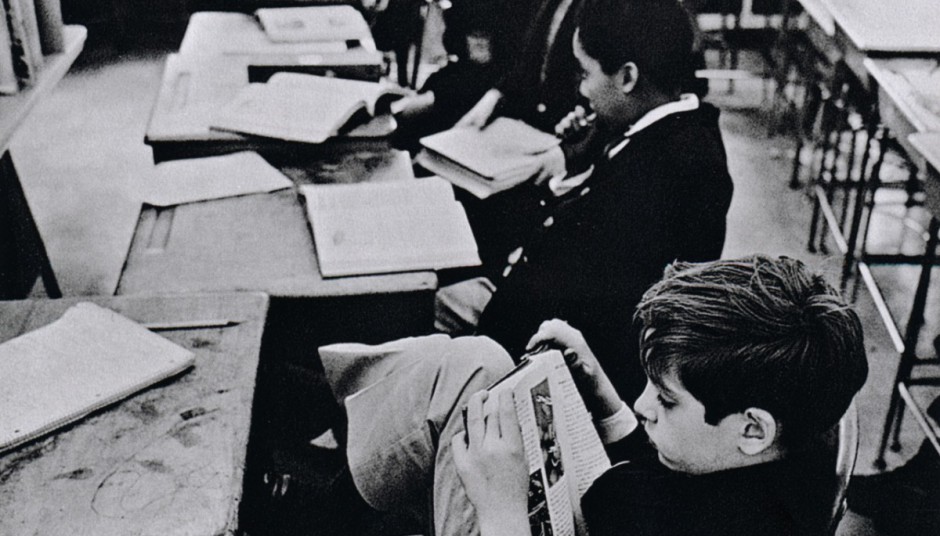Walker Evans has been one of the most influential photographers to many photographers and artists. His candid subway portraits were such a great success because he was able to capture the emotions and moods of people. They were unposed, lost in thought and every expression was natural. They were comfortable because they were unaware where their faces were left vulnerable. As Walker said, “the guard is down and the mask is off.” As a photographer, we all aim to capture this moment, a person’s pure and honest reflection in a portrait.
Walker’s photographs of the subway riders in my opinion are raw and natural art of photography; unmanipulated, unposed and the truth in”capturing the moment”. His approach to photography was very straight; the use of seeing an interesting subject and using good composition to create an appealing photograph, or perhaps not using any composition at all but rather raw emotion in faces and knowing the precise moment to press that shutter button, as he did. This approach is challenging, it is already difficult being a street photographer, having courage to photograph a stranger. So being creative becomes a way to achieve these types of photographs, like the way Walker disguised his miniature camera within his coat and snaked the shutter cord through his sleeve.
Today, I don’t think there is much difference between subway riders in NYC compared to the ones photographed by Walker during the 1930’s. This is amazing to see the very little difference since nearly eight decades has passed. Of course, today we see additional action from our passengers with the aid of technology where almost everyone uses their devices for any sought of entertainment to pass the time of their journey. However, like some passengers in Walkers’ photographs, we are still caught in that stare or gaze that has our minds drifting or lost in thought (which I find myself doing half the time). He also captured the unusual style of attire some people were wearing, where this still exists everyday on the subway, along with unique characters and aesthetics.
I thought that the subway was a great place chosen to capture the raw physical appearance and emotional expressions of New Yorkers. His collection of photographs showed us that much has not changed, which raises the question, are the lives of New Yorkers emotionally in a state of depression as they were during the time of The Great Depression? Living in New York is challenging both now and then, which is why I think there are similarities and will always be.



